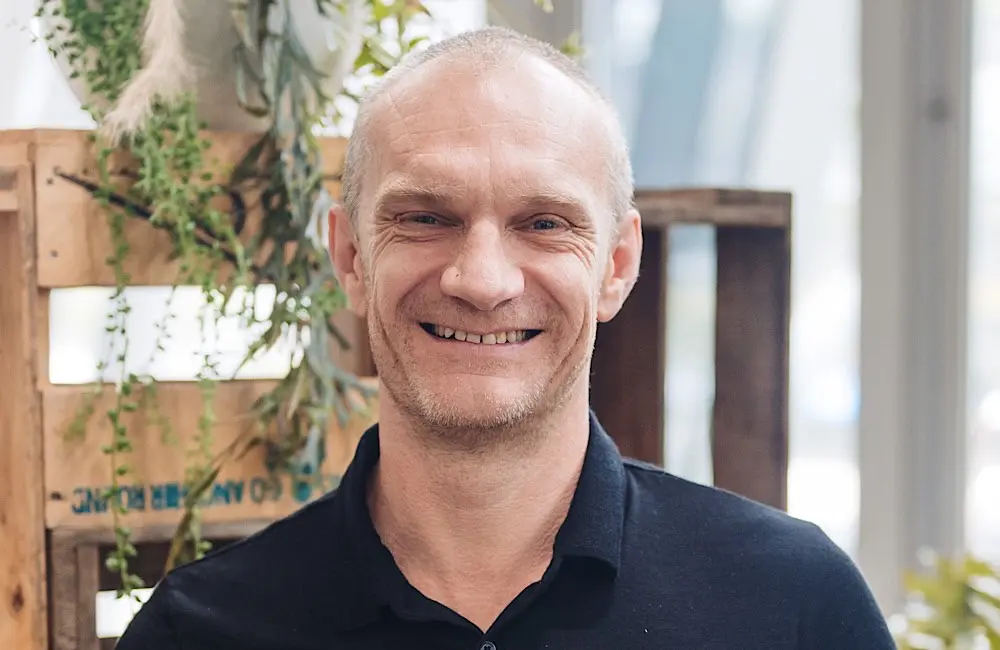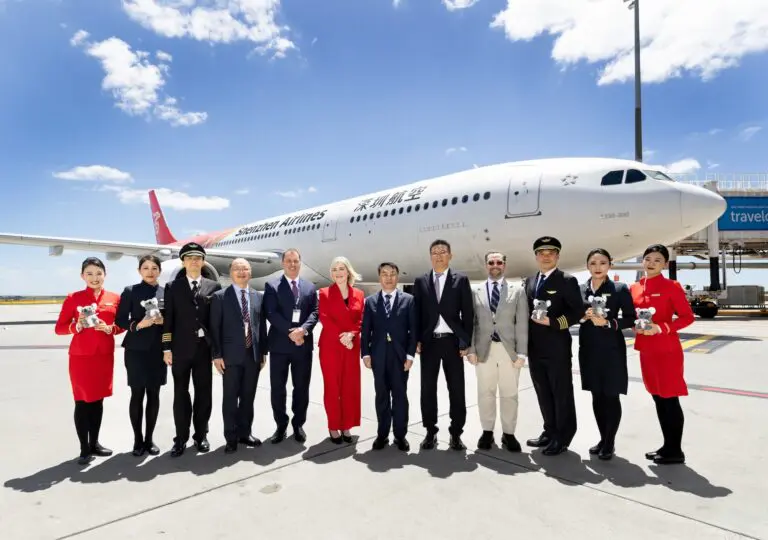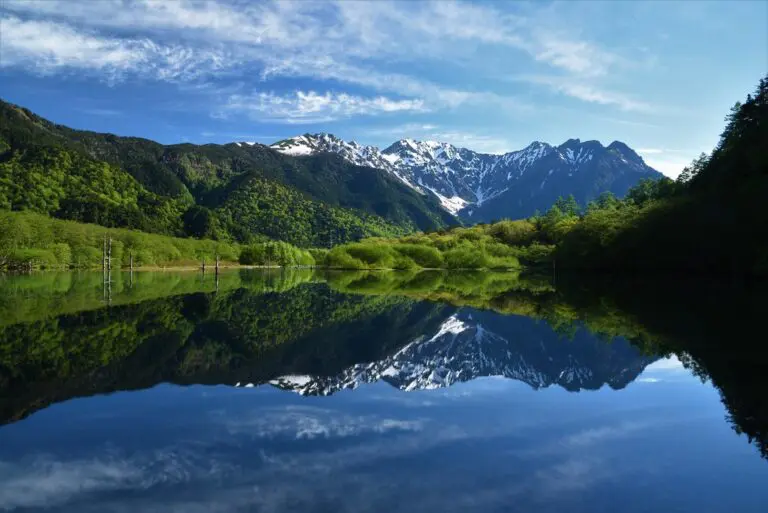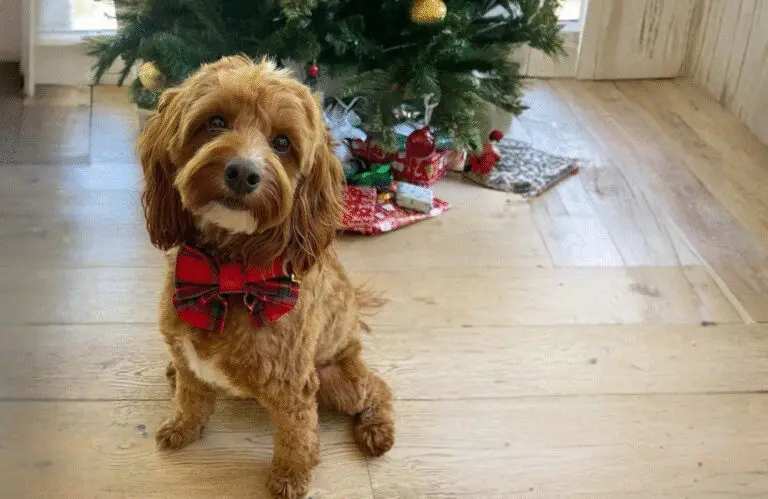What do The Lord of the Rings and Minecraft have in common? For Tourism New Zealand, both are powerful storytelling tools—different platforms, same purpose. With the global release of A Minecraft Movie filmed in New Zealand and the launch of a world-first Aotearoa New Zealand Minecraft downloadable content (DLC), the tourism board is once again harnessing pop culture to put the country on travellers’ radars.
In this exclusive Q&A, Andrew Waddel, General Manager – Australia, Tourism New Zealand, explains how the campaign came together, why Māori representation was non-negotiable, and what it means when kids start driving family travel decisions.
How do you go from a blockbuster like The Lord of the Rings to Minecraft — and what does that say about the way New Zealand tells its story to the world?
New Zealand has such a unique feel to it, in its land, its culture, in its people. We are a small part of the world that offers so much, from the dramatic landscapes to the rich indigenous Māori culture and our invigorating experiences. Our storytelling is rooted in this, in what makes us unique. It’s in part why entertainment, both film and games, are drawn to us and these channels give us an opportunity to tell our story to a wide-reaching audience.
Film buffs who can be on location of their favourite movies, and gamers who can play New Zealand virtually before playing New Zealand in real life. The story we’re telling doesn’t change, but how we tell it and to whom is where we can be innovative, to share New Zealand with more of the world.
At what moment did someone say, “Let’s build New Zealand in Minecraft” — and what was the room’s reaction?
The filming of “A MINECRAFT MOVIE” was done locally in New Zealand, as part of a partnership with Warner Bros. Pictures’, Mojang Studios and the New Zealand Film Commission. This partnership enabled the creation of a world-first destination DLC (downloadable content) for Minecraft – the Aotearoa New Zealand DLC.
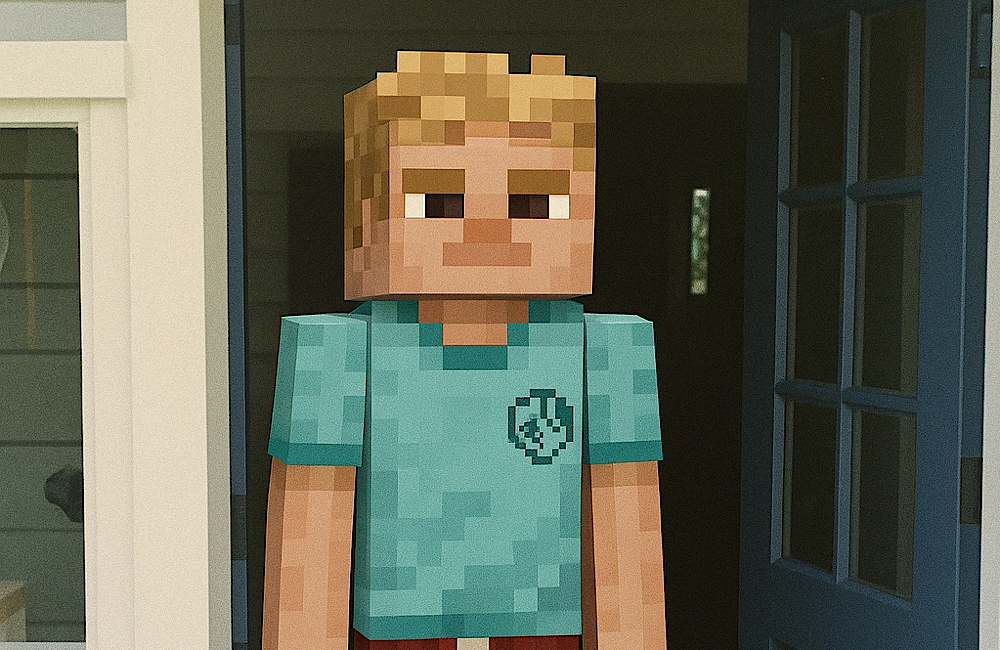
There was a lot of excitement to bring the DLC to life, to work with the experts at Piki studio (game developers), the tourism industry and mana whenua from the regions depicted, to create something authentic, entertaining and fun. Something that would invite the world to ‘play’ New Zealand through immersive New Zealand virtual experience before booking a holiday to experience it for real.
Minecraft is a game known for infinite creativity. What were the non-negotiables when recreating Aotearoa inside that world?
It was important that any representation of Te Ao Māori (the Māori world) was done so respectfully and accurately. Piki Studios, and its director Whetu Paitai, has extensive experience in this space, and as an official Minecraft Mentor, Whetu has been able to reflect the experiences and essence of real people on the ground wonderfully.
A great example of this is the representation of Tiaki Promise within the DLC. The Tiaki Promise is a commitment to care for New Zealand, a commitment to act as a guardian, protecting and preserving New Zealand now and for future generations. And this rings true both in real life and in the game.
On the Kapiti Island Nature Reserve, the game features an ecology run activity where players search for native bird species. Manaaki, an avatar in the game, teaches players how to act near wildlife, promoting respectful and responsible behaviour.
Let’s talk about the six locations in the DLC. Why these places — and what do you hope players feel when they explore them?
The six iconic New Zealand locations that star in the DLC include Waitomo Caves (Waikato), Rotorua (Bay of Plenty), Kapiti Island (Wellington), Abel Tasman (Nelson/Tasman), Tekapo (Mackenzie) and Doubtful Sound (Fiordland). The DLC is an “Adventure Map” format, so across the locations players can explore, interact with adventure activities and quests, and explore Māori culture.
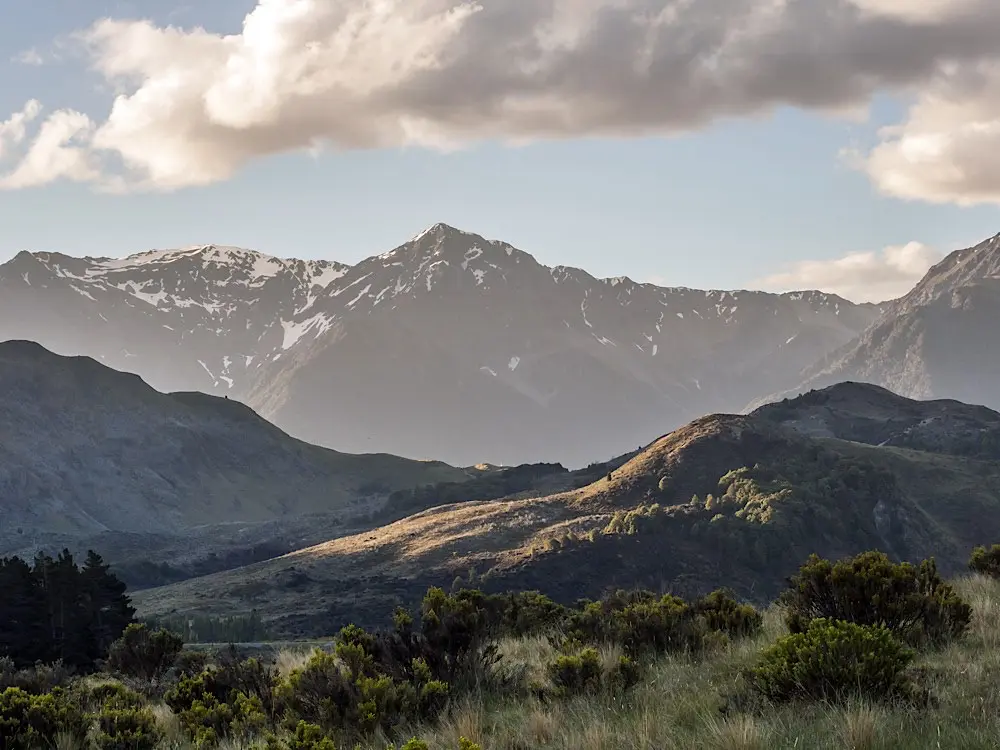
For example, experiencing Tekapo in the DLC involves a 4WD on mountain tracks inspired by the Cass Valley, and this is an experience travellers can do in real life. Te Puia, in Rotorua, is beautifully recreated in the DLC, and offers players immersive experience of its geothermal wonders and cultural heritage.
Each of the six locations has something special to offer, and together they give players a taste of what travelling around New Zealand is like.
Te ao Māori is embedded in the Minecraft world through a wharenui and more. How did you make sure this was more than just token representation?
The DLC developed was led by Whetu Paitai, and together with his team at Piki Studios, he has extensive experience and knowledge in this space. They are renowned for their work on Ngā Motu, a Te Ao Māori (the Māori world) version of Minecraft.
We were able to work with Piki Studios on the DLC, prioritising collaboration over consultation, and using Tikanga Māori (customs) when working with Iwi (tribe). Working together to ensure representation of Te Ao Māori was done authentically and accurately, was embedded into the project from the ground up.
Are kids influencing family holidays — and if so, was this campaign designed with them as the new decision-makers in mind? Or is there a different key demographic you’re targeting?
Minecraft has widespread appeal, and this partnership has enabled us to tap into a large audience. At a global level, Tourism New Zealand has been able to connect with 70% of its primary target audience who also actively engage with Minecraft, and so it’s been a powerful tool for global engagement.
In keeping up with the Australian landscape and consumer trends, coincidentally, we have seen the influence kids have on family holidays, and so we’ve been able to tap into this in the work we’re doing in market. In partnership with Flight Centre, we’ve curated a selection of Minecraft-inspired itineraries the whole family can enjoy. Families can come together, play the DLC, watch A MINECRAFT MOVIE, and craft their next holiday in New Zealand to play for real.
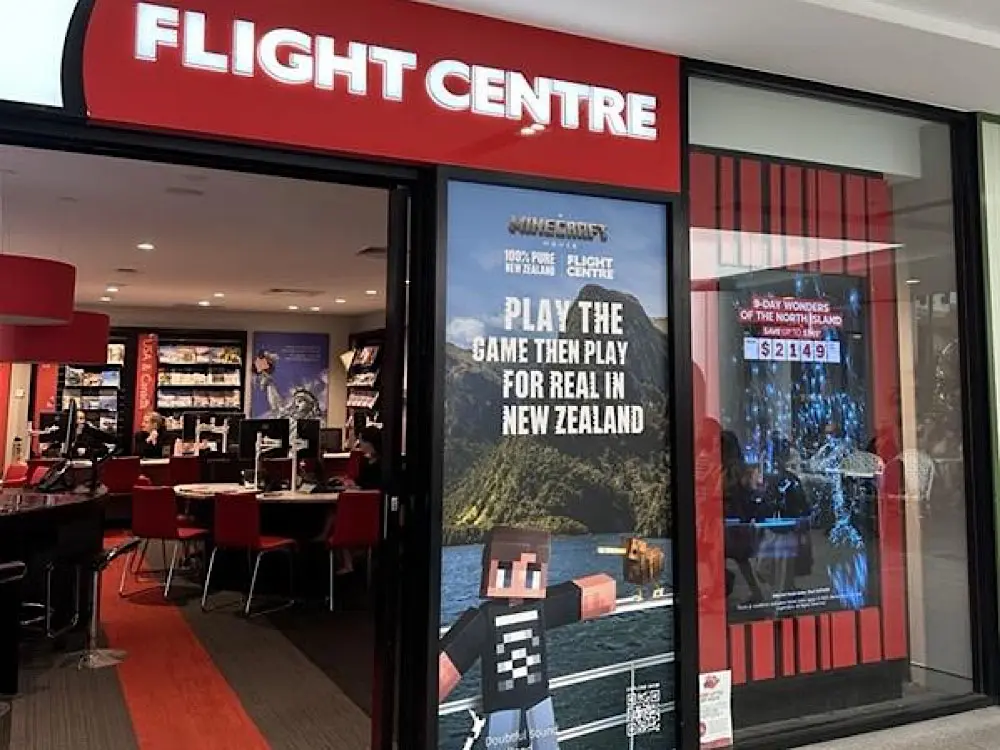
What surprised you the most about translating the New Zealand experience into a pixelated, blocky world?
Seeing the Kiwi and native New Zealand wildlife in block form was a first! The attention to detail in respecting both New Zealand and the Minecraft world. A lot of time and energy was spent on translating the New Zealand experience accurately, but just as important was the attention to detail to staying true to the Minecraft world.
Being able to replicate emotions and feelings was also surprising. When travelling in New Zealand there’s times that you are in awe, times you smile, that you are captivated, that you want to share and these emotions were evident in the DLC. Nothing beats the real thing, but you do get a sense of feeling like you’re in New Zealand and that’s special.
What’s the next frontier for storytelling-driven tourism campaigns like this?
The opportunities are there, and with advancements being made every day in technology and marketing, we’re always looking out for how we can continue to tell our stories in innovative ways…but nothing will replace the experience of our stories being told, in real life and ideally when in New Zealand.
What would 12-year-old you think of the idea that one day, New Zealand would become a playable map in one of the most iconic games ever made?
When I was 12, I dreamed of playing for the All Blacks rather than playing video games. While that dream hasn’t been realised (yet), I’m equally proud that we’ve been able to represent New Zealand on the world stage in Minecraft, just as the All Blacks do in sport.

WIN a Minecraft-inspired escape to New Zealand worth over $9,500
KARRYON UNPACKS: Tourism New Zealand’s latest global campaign taps into Minecraft’s 140 million+ monthly users to introduce younger audiences to the country—before they visit in real life. With A Minecraft Movie filmed locally and a downloadable New Zealand map now live, this initiative blends tourism, culture, and tech in a way that’s already impacting family travel decisions. For agents, it’s a cue to tap into a trending destination (and to watch how gaming and entertainment IP continue to shape destination marketing and itinerary planning).


